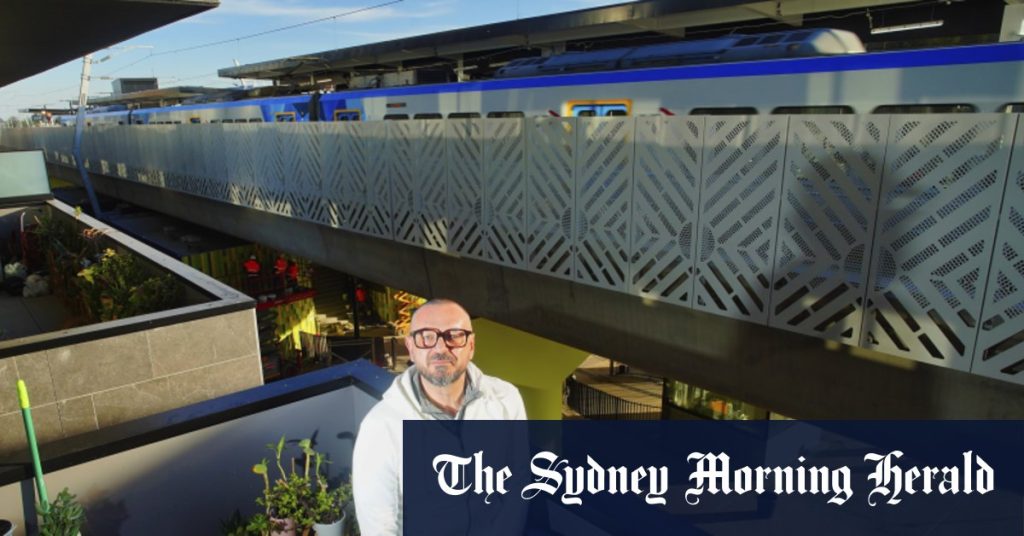Residents who purchased their homes after the plan for the new train station was made public will not be eligible for compensation, according to officials. The new station being built next to existing properties in Melbourne’s northern suburbs has caused concern among residents, with some feeling as though their privacy is being invaded by the station’s proximity to their homes. Angela Villella, a resident and former Darebin councillor, expressed her dissatisfaction with the situation, stating that she had bought her apartment specifically to live next to her mother, whom she cares for. Villella argued that simply offering compensation to affected residents was not a viable solution, as some residents, like herself, have personal and practical reasons for choosing to live in their current homes.
Residents like Villella are not interested in being paid off but rather desire solutions that would allow them to maintain their privacy and quality of life in their homes. The chair of one building’s body corporate committee, Torbakov, noted that the buy-back scheme proposed by officials would only result in more residents being forced to live with unwanted noise and intrusion into their living spaces. The community has urged officials to consider alternative solutions, such as installing better windows and providing more privacy measures to mitigate the impact of the new station on their homes. Despite these concerns, officials emphasize that some aspects of the project, such as the location of the station across the road, are not flexible and cannot be changed to accommodate all residents’ preferences.
The decision to relocate and rebuild the train station across the road from its original site was made due to logistical reasons, such as the presence of overhead power transmission lines. While officials acknowledge the concerns raised by residents living near the new station, they maintain that some aspects of the project are non-negotiable. The project team has made efforts to work with the community and address concerns where possible, but certain constraints, such as the proximity to existing apartments, cannot be altered. Despite these challenges, officials have committed to planting 220 trees and 44,500 shrubs in the area to enhance the local environment and mitigate the impact of the new station on the community.
Community members have expressed frustration and disappointment with the lack of flexibility in the project’s design and implementation, particularly regarding the impact on existing residents. While officials have thanked the community for their patience, residents like Villella and Torbakov continue to advocate for more comprehensive and thoughtful solutions to address their concerns. The issue highlights the complexities of urban development projects and the need for a balance between progress and the preservation of residents’ quality of life. As the project moves forward, continued dialogue and collaboration between officials and residents will be essential to finding mutually satisfactory outcomes.


